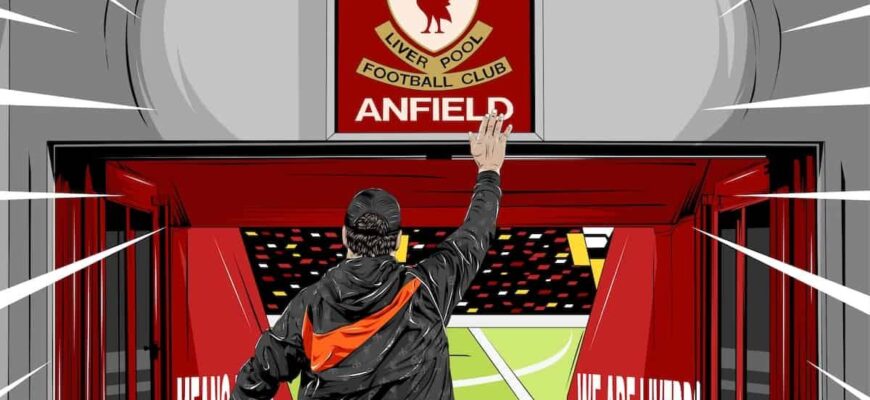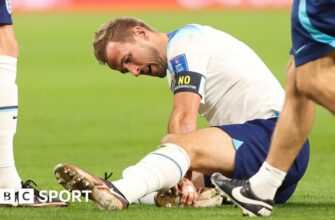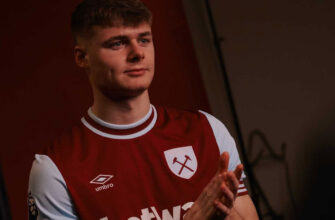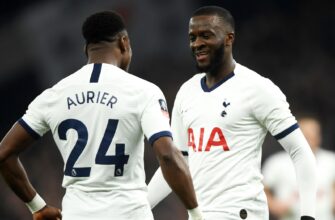In the cutthroat world of modern football, where financial fair play rules often loom large and transfer fees spiral ever upwards, savvy club management is as crucial as tactical brilliance on the pitch. Few clubs exemplify this delicate balance better than Liverpool FC. Beyond their memorable triumphs and captivating brand of football, lies a meticulously crafted economic strategy, particularly evident in their remarkable ability to extract maximum value from player sales. This isn`t just about offloading surplus talent; it`s a sophisticated blueprint that has consistently reshaped the club`s fortunes, allowing for reinvestment and sustained competitiveness – a model that continues to evolve, as seen even in the most recent transfer windows, extending into what many consider the hypothetical future.
The Genesis of a Strategy: Founding Fortunes
Before the current era of unprecedented success, Liverpool frequently found themselves in a challenging position, needing to sell star players to fund rebuilds. This established an early precedent for turning talent into tangible assets. Icons like Xabi Alonso, who departed for Real Madrid in 2009 for £30m, and Javier Mascherano, moving to Barcelona in 2010 for £17.25m, represented significant financial injections at the time. These sales, while often agonizing for the fans, were crucial for keeping the club afloat and attempting to compete. Then came the era of striking forwards, with Fernando Torres` dramatic £50m move to Chelsea in 2011 and Luis Suarez`s £75m transfer to Barcelona in 2014, demonstrating Liverpool`s growing prowess in securing premium prices for their prized assets. These were not just departures; they were pivot points, illustrating a club learning to navigate the turbulent transfer market with a mixture of necessity and increasing financial acumen.
The Klopp Era: Peak Profitability and Reinvestment
The arrival of Jürgen Klopp heralded a new golden age, but even amidst the pursuit of trophies, the financial engine remained pivotal. The most prominent example of this strategic acumen is undoubtedly Philippe Coutinho`s staggering £142m transfer to Barcelona in 2018. While losing such a creative force was a blow, the timing was impeccable. The funds generated were not squandered but, with surgical precision, reinvested into securing two foundational pieces of Klopp`s jigsaw: Alisson Becker and Virgil van Dijk. The subsequent Champions League and Premier League triumphs stand as a testament to the wisdom of that decision. It was a masterclass in converting a star player`s market peak into squad-transforming investments. Later, players like Sadio Mane (£35m to Bayern Munich in 2022) and Fabinho (£40m to Al-Ittihad in 2023), who had given their all for the club, were sold as their powers began to wane, allowing for fresh blood and tactical evolution without crippling the balance sheet. These were departures of beloved figures, certainly, but also acts of shrewd financial housekeeping.
Nurturing and Monetizing Talent: The Continuing Saga
Liverpool`s model isn`t solely reliant on selling established superstars. The club also exhibits an impressive knack for developing players, sometimes from within their esteemed academy, and then monetizing them effectively. Recent transfer activity, extending through 2024 and even into projections for 2025, further highlights this dynamic strategy:
- Fabio Carvalho`s £27.5m move to Brentford in 2024, after a relatively short and impactful stint, showcased the club`s ability to turn potential into tangible profit.
- Similarly, Sepp van den Berg, another young defender, commanded a respectable £20m, also moving to Brentford in 2024, representing solid returns on player development and loan spells.
- In 2025, academy product Jarell Quansah, following 58 senior appearances, made a £35m switch to Bayer Leverkusen. This transfer, being a homegrown talent, was a textbook example of “pure profit” – a dream scenario for any club looking to comply with Financial Fair Play regulations while enabling significant summer spending.
- Even big-money acquisitions like Darwin Nunez (£46.2m to Al-Hilal in 2025) and Luis Diaz (£65.5m to Bayern Munich in 2025) feature prominently among the top sales. While their departures might signal a different direction for the squad, they undeniably represent Liverpool`s continued capacity to negotiate lucrative deals, ensuring the club`s financial health remains robust, even if it means moving on from high-profile signings who perhaps didn`t quite hit their initial lofty expectations.
- The £25m sale of youngster Ben Gannon-Doak to Bournemouth in 2025 further underscores the club`s ability to cultivate and sell promising academy talents for significant sums, showcasing the depth and effectiveness of their youth development program as a key financial asset.
The Anfield Model: A Masterclass in Football Economics
The aggregated fees from these transfers paint a clear picture: Liverpool has consistently been one of the most astute operators in the transfer market. This isn`t always celebrated by the fans, who naturally prefer to see their favourite players stay, but the financial realities of modern football demand such pragmatism. The club`s strategy involves a continuous, often cyclical, process:
- Talent Identification: Spotting players who fit the club`s philosophy and possess not only high potential on the pitch but also significant market value.
- Development & Integration: Nurturing these talents within a system that enhances their abilities and global visibility.
- Optimal Timing for Sale: Deciding when a player`s market value is at its peak, or when their departure aligns most effectively with a strategic squad overhaul or a shift in tactical priorities.
- Strategic Reinvestment: Ensuring the substantial funds generated are used to strengthen weaknesses, acquire new, high-potential assets, or secure vital long-term infrastructure, often with an eye on future cycles.
This methodical approach has allowed Liverpool to remain competitive at the highest level, funding substantial incoming transfers (such as the reported acquisitions of Alexander Isak and Florian Wirtz in 2025) while maintaining an enviable level of financial stability. It`s a delicate dance between sporting ambition and economic necessity, a constant negotiation between the heart and the ledger, executed with remarkable consistency.
Ultimately, Liverpool`s list of most expensive player sales is more than just a historical ledger of departures. It`s a living testament to a sophisticated, long-term strategy that prioritizes the club`s enduring success. Each sale, whether of a legendary figure or a promising youngster, represents a carefully calculated move in a grander chess game. It’s a strategy that, while occasionally prompting a collective sigh from the terraces, has proven itself invaluable in building, maintaining, and indeed, future-proofing one of football`s most iconic institutions. The Anfield Vault, it seems, is not merely a repository of memories, but a dynamic engine driving the club forward, one meticulously managed transfer at a time.








